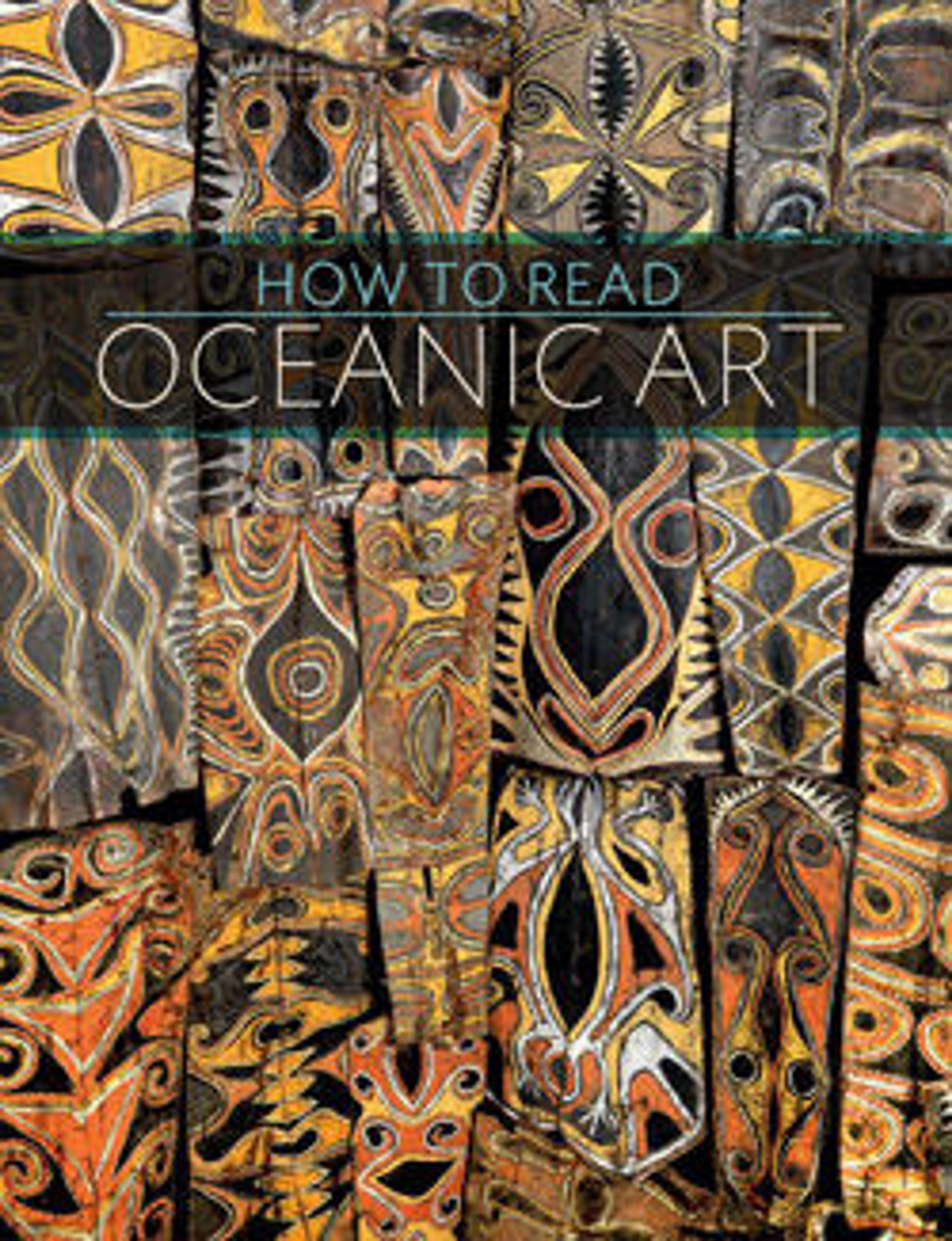Seated Figure
With its stylized facial features and angular body, this figure embodies the spare, minimalist approach to the human form typical of the sculptural traditions of the Caroline Islands of Micronesia in the western Pacific. The domed head and smoothly curving brow lines contrast with the angularity of the thin lozenge-shaped mouth and markedly pointed chin, giving the face an almost masklike appearance. Of indeterminate gender, the body is rendered as a series of interlocking angular forms, with the hands, which are only subtly indicated, resting on the knees.
While a stone example recovered archaeologically attests to the antiquity of the tradition, there is little precise information on the iconography or function of Carolinian seated figures. Some sources indicate that they may have represented recently deceased ancestors and were kept in the home, where they could be called upon to intervene on behalf of their living descendants. They may also have been associated with a type of canoe magic, in which the figure was placed in a small canoe and set adrift to lure evil influences away from the village. Showing evidence of extensive use and handling, this example may possibly have been employed in a variety of contexts.
While a stone example recovered archaeologically attests to the antiquity of the tradition, there is little precise information on the iconography or function of Carolinian seated figures. Some sources indicate that they may have represented recently deceased ancestors and were kept in the home, where they could be called upon to intervene on behalf of their living descendants. They may also have been associated with a type of canoe magic, in which the figure was placed in a small canoe and set adrift to lure evil influences away from the village. Showing evidence of extensive use and handling, this example may possibly have been employed in a variety of contexts.
Artwork Details
- Title:Seated Figure
- Date:late 19th–early 20th century
- Geography:Federated States of Micronesia, Caroline Islands
- Culture:Caroline Islands, Satawan
- Medium:Wood, shell, paint and resin
- Dimensions:H. 9 × . W. 5 1/2 × D. 3 in. (22.9 × 14 × 7.6 cm)
- Classification:Wood-Sculpture
- Credit Line:Purchase, Fred and Rita Richman Gift, in memory of Douglas Newton, 2003
- Object Number:2003.8
- Curatorial Department: The Michael C. Rockefeller Wing
More Artwork
Research Resources
The Met provides unparalleled resources for research and welcomes an international community of students and scholars. The Met's Open Access API is where creators and researchers can connect to the The Met collection. Open Access data and public domain images are available for unrestricted commercial and noncommercial use without permission or fee.
To request images under copyright and other restrictions, please use this Image Request form.
Feedback
We continue to research and examine historical and cultural context for objects in The Met collection. If you have comments or questions about this object record, please contact us using the form below. The Museum looks forward to receiving your comments.
